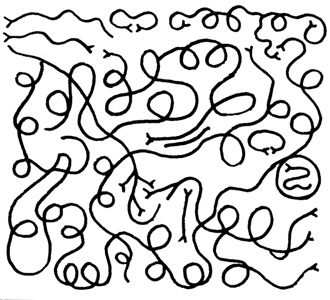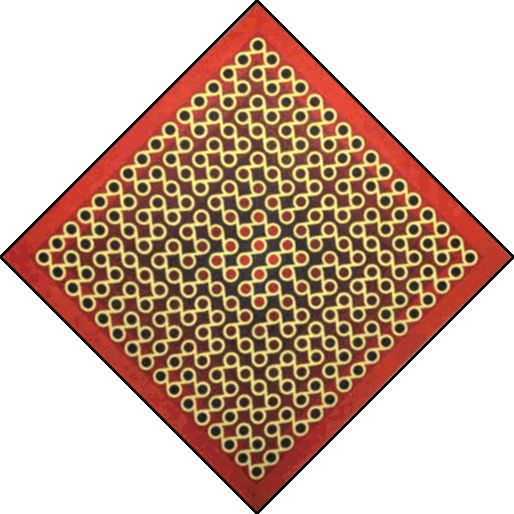
| H.E.T. – Picture Catalogue 2 | HISTORY Page | Obituary Page | |
| The pictures are shown to a common scale of 10 pixels per inch unless otherwise indicated |
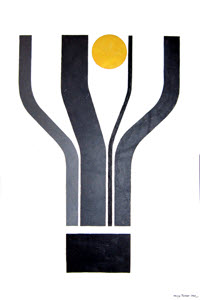 Trapped Sun, 1966, 20" x 30", acrylics on board |
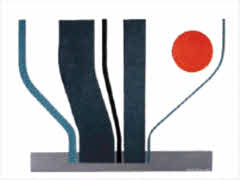 Sun Trap-1, 1966, 24" x 18", acrylics on canvas
|
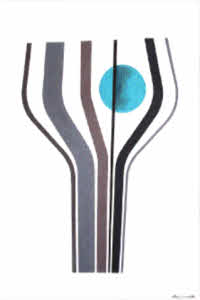 Captured Sun, 1966, 20" x 30", acrylics on board |
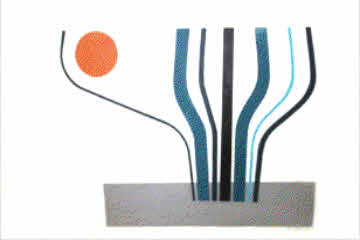 Sun Trap-4, 1966/67, 36" x 24", acrylics on board | 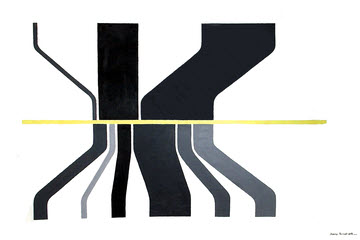 Apportionment-1, 1966, 36" x 24", acrylics on board |
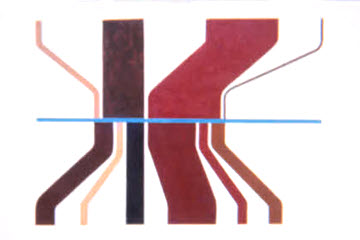 Apportionment-2, 1966, 36" x 24", acrylics on board |
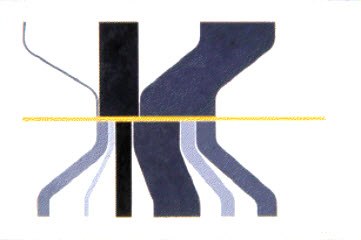 Apportionment #3, 1966, 36" x 24", acrylics on board |
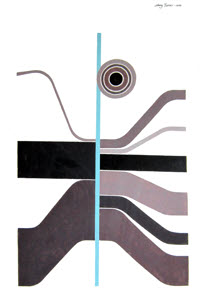 Kirk's Works, 1966, 20" x 30", acrylics on board |
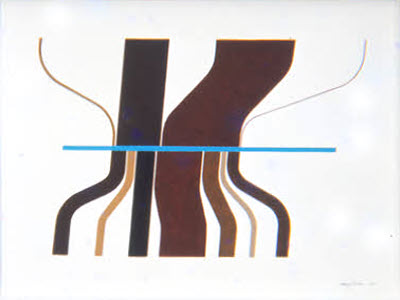 Apportionment #4, 1967, 40" x 30", acrylics on canvas |
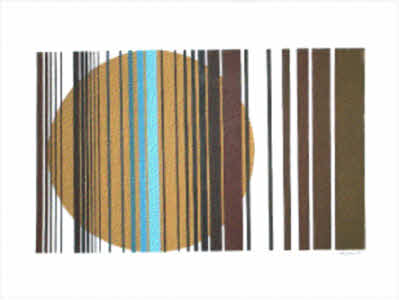 Fibonacci 1, 1967, 40" x 30", acrylics on canvas |
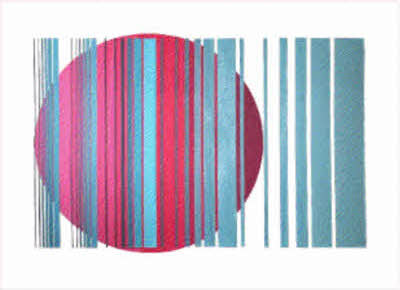 Fibonacci 2, 1968/69, 40" x 29", acrylics on canvas |
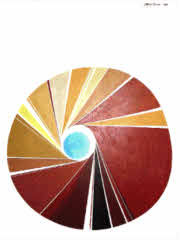 Dervish, 1967, 18" x 24", acrylics on board |
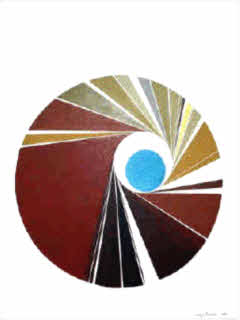 Blue Dervish, 1968, 24" x 32", acrylics on board Collection of LJT | |
|
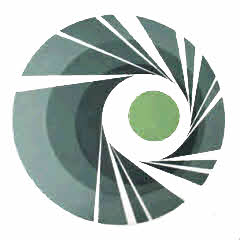 Green Dervish, 1971, 24" x 24", acrylics on board Collection of RFT |
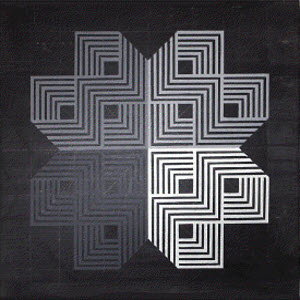 [Untitled paradoxical figure] (1968?), 30" x 30", acrylics on board |
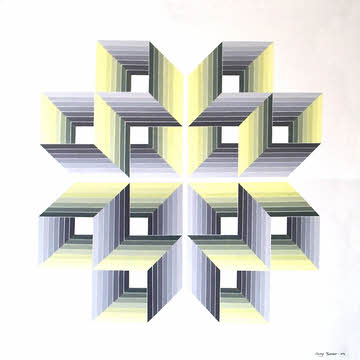 Unit Structure, 1969, 36" x 36", acrylics on canvas a.k.a. "Flawed Structure" | |
| ||
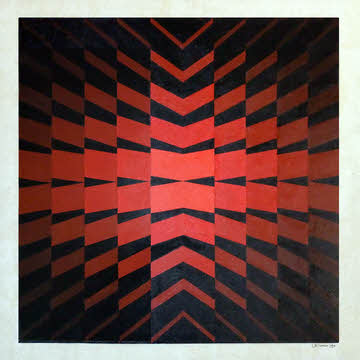 Progression From Red Centre, 1969, 36" x 36", acrylics on canvas, a.k.a. “Red Progression-2” Presented to Fran & Brian Varley |
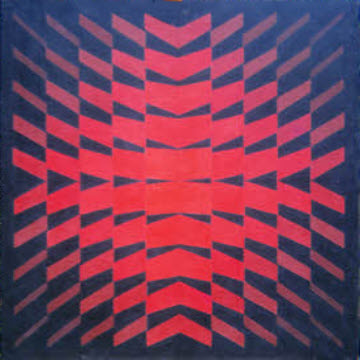 [Red Progression variation], 36" x 36", acrylics on canvas |
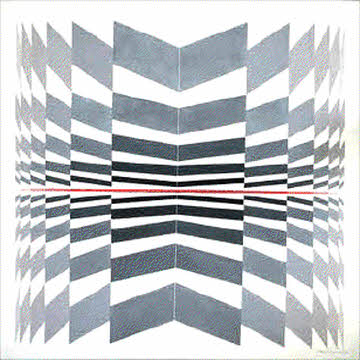 Subconscious Lee, 1969-70, 36" x 36", acrylics on canvas |
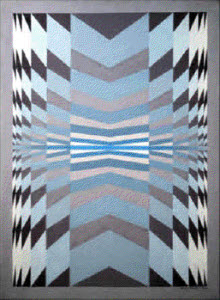 Blue, Turning Grey Over You, 1970, 22" x 30", acrylics on canvas |
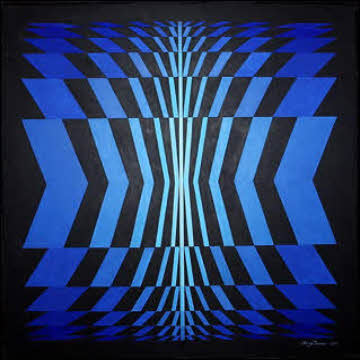 Parker's Mood, 1969-70, 36" x 36", acrylics on canvas |
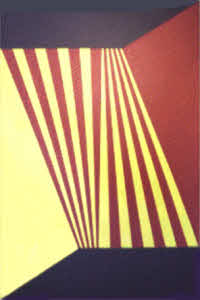 Torsion-1, 1970, 20" x 30", acrylics on canvas Collection of MT | 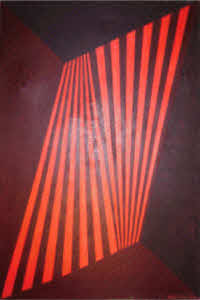 Torsion-2, 1970, 20" x 30", acrylics on canvas Collection of MT |
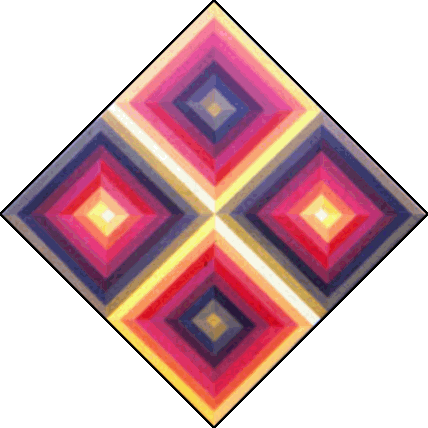 Four In One, 1970, 30" x 30", acrylics on canvas |
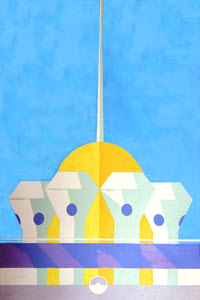 "MV Monte Umbe", 1973, 20" x 30", acrylics on canvas |
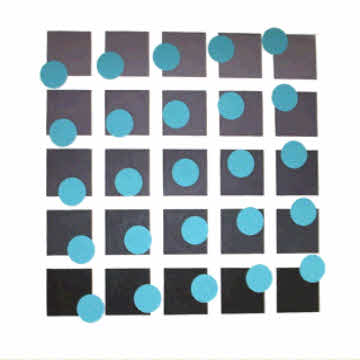 Blue Bangor Boogie, (1971), 36" x 36", acrylics on canvas |
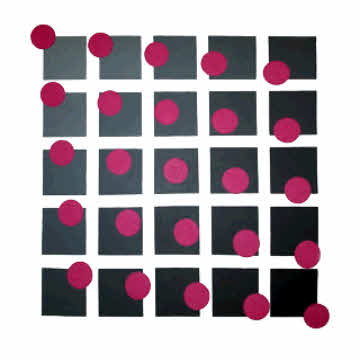 Bangor Boogie-Woogie, 1971, 36" x 36", acrylics on canvas |
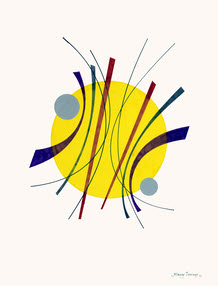 Abstract design, (1971), 10.9" x 14.3", watercolour on card (double scale size) |
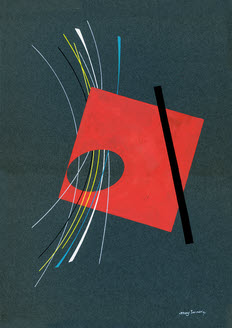 Abstract design, 1971, 11.6" x 16.4", watercolour on card (double scale size) |
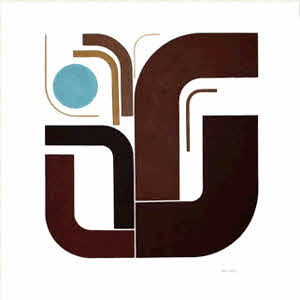 Lester Leaps In, 1971, 30" x 30", acrylics on canvas |
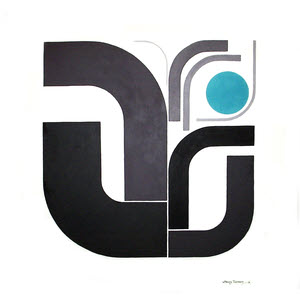 Blue Lester, 1971, 30" x 30", acrylics on canvas |
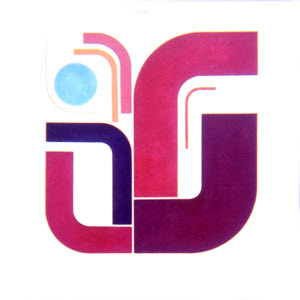 Lester Variation, 1971, 30" x 30", acrylics on canvas |
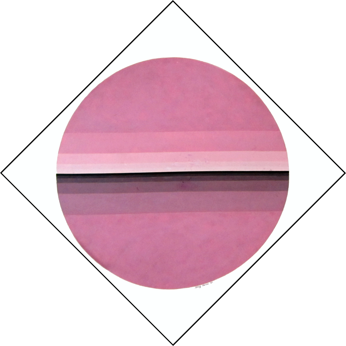 Planet 1 (1971), 24" x 24", acrylics on board |
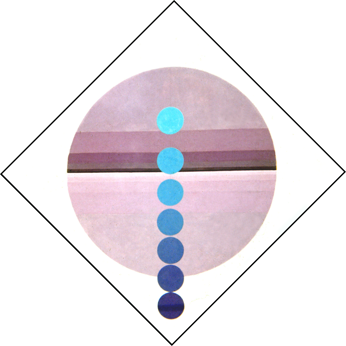 Planet 2 (1971), 24" x 24", acrylics on board |
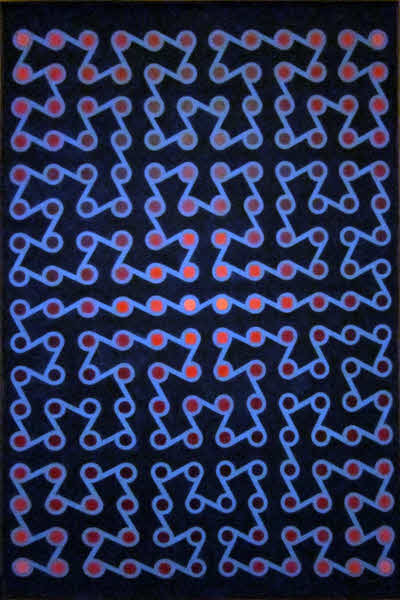 D.O.U.S.S., 1972, 40" x 60", acrylics on canvas. colour scheme: light blue line on purple ground, circles from pink to purple. |
While at Durham University Summer school, I saw and was impressed by this (see right) and other examples of Taoist calligraphy. Ch'i, the Cosmic Spirit, fills the world, giving life to nature, movement to water, energy to man: it is the centre of Taoist breathing exercises, involving the art of smell and burning of incense. |
|
|
 |
